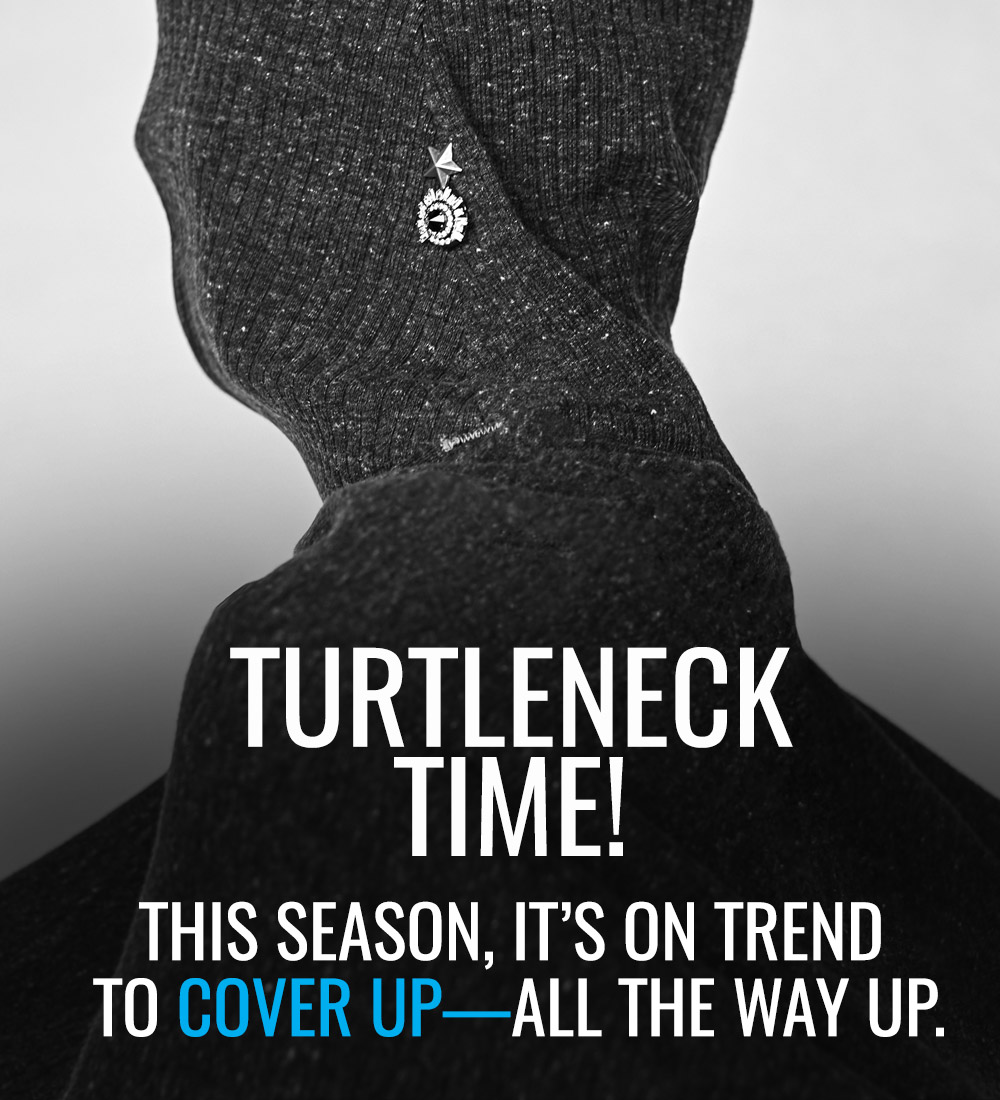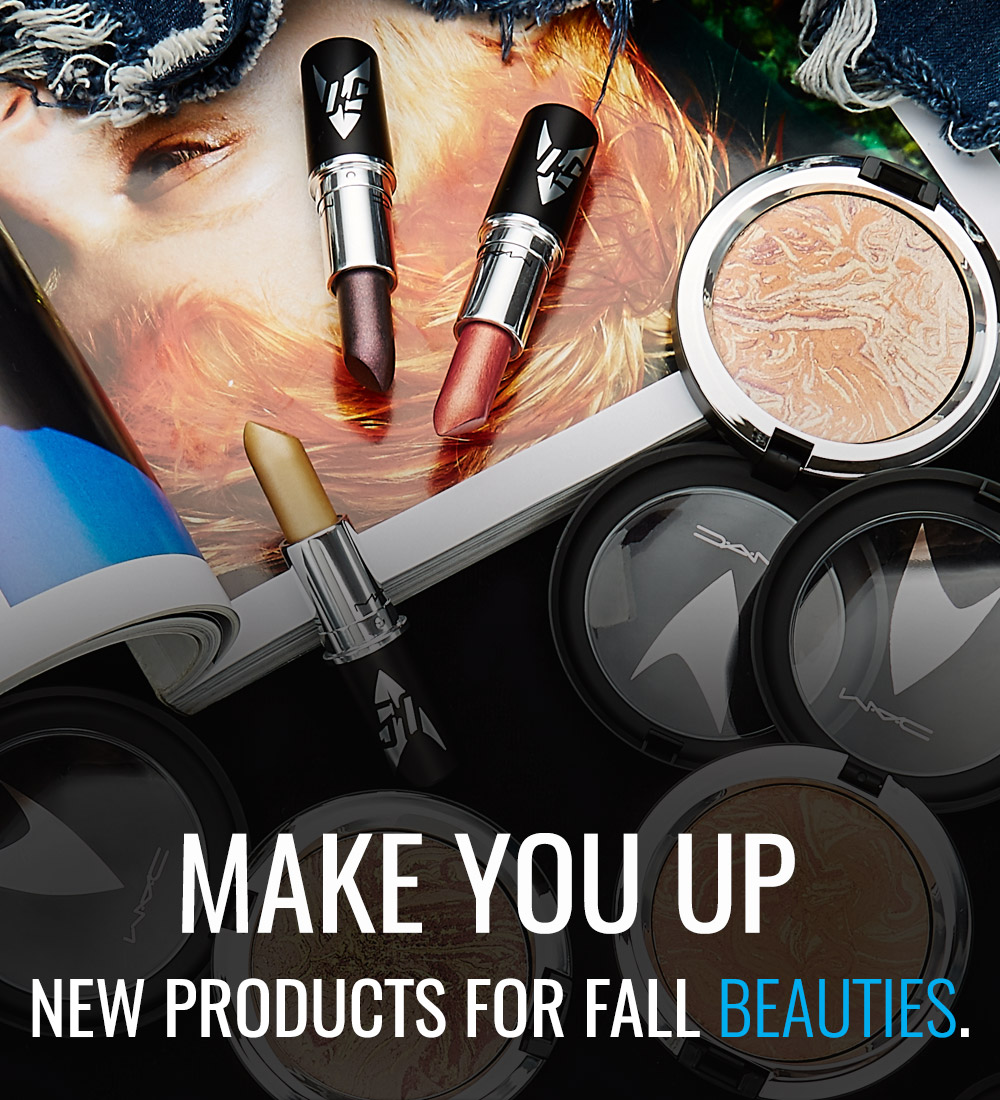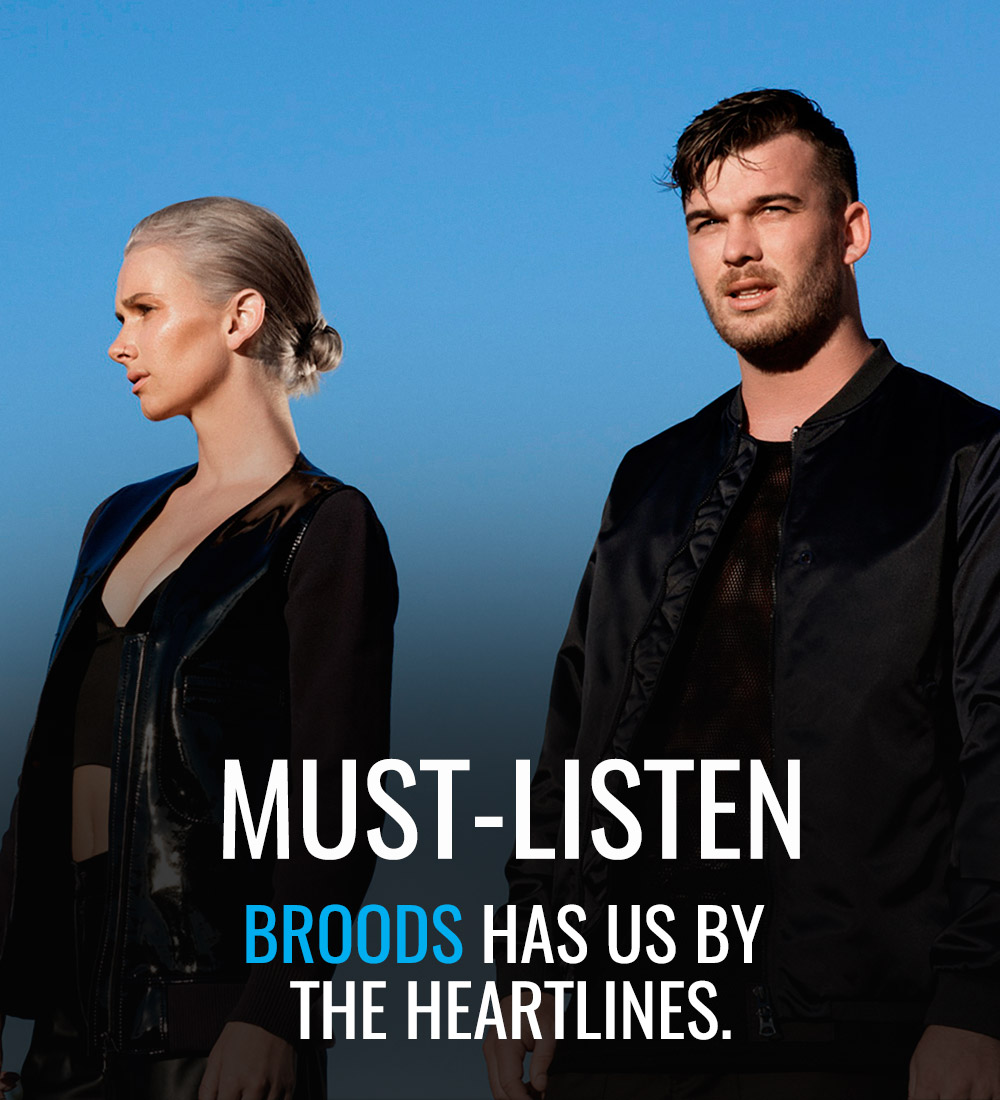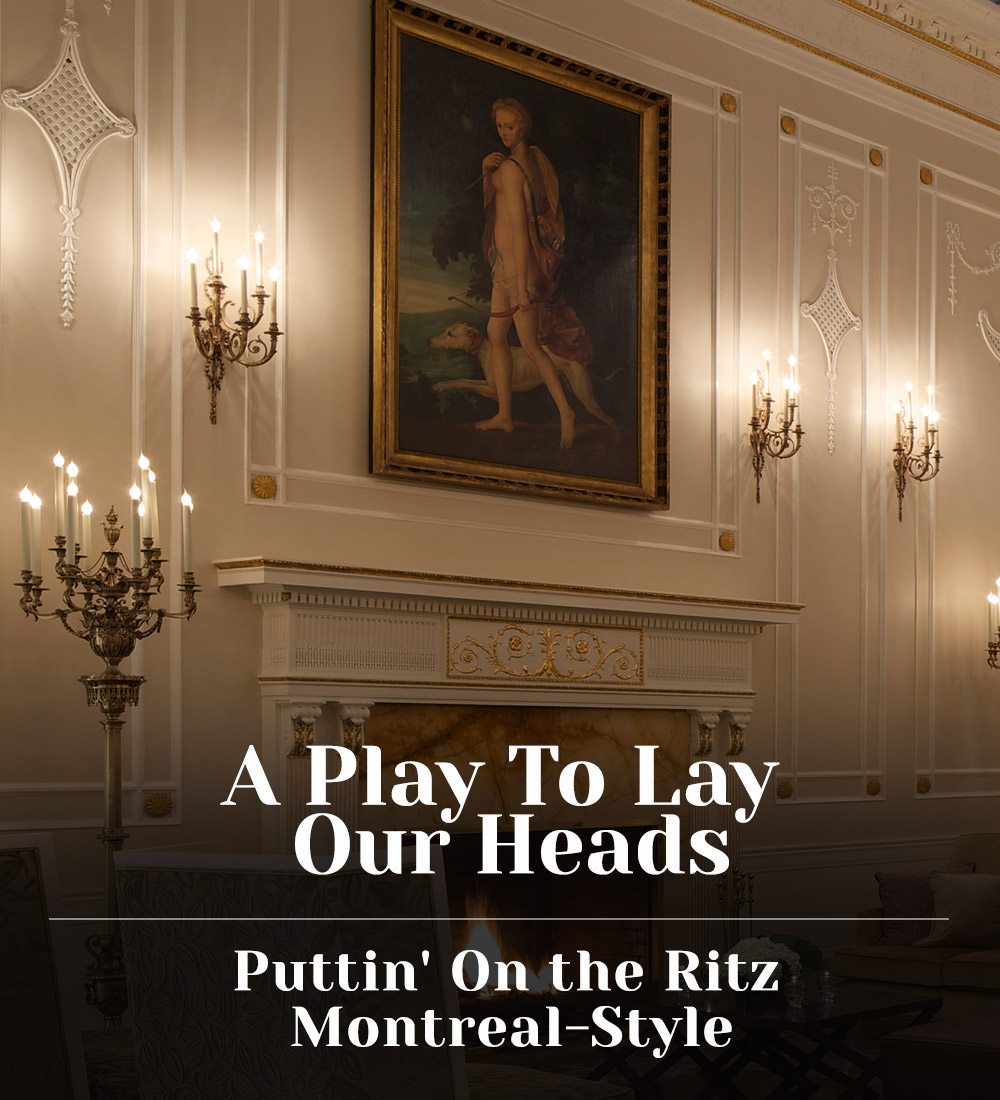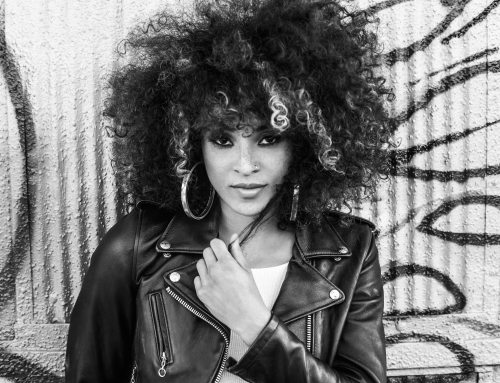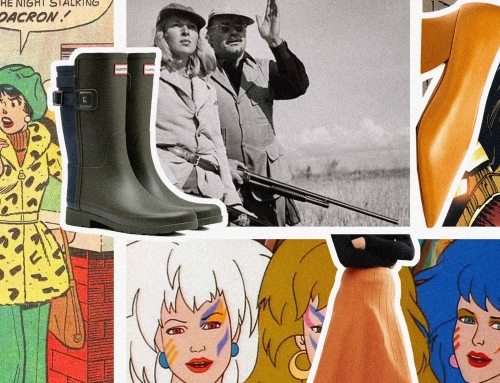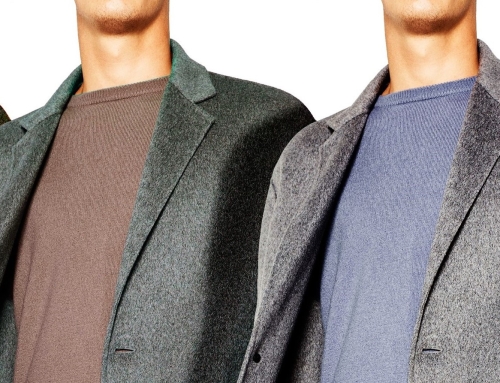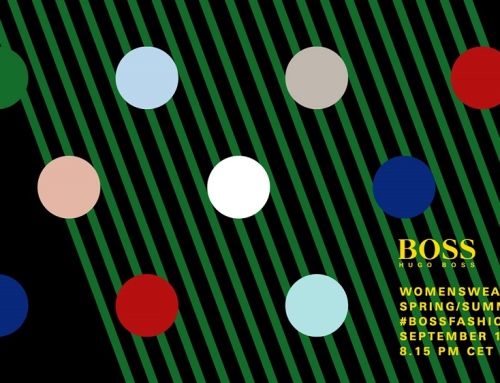What inspired you to enter into design & when did you first begin your career?
A: My inspiration for the collaboration ORB came from darkness, corruption and dirt. I gravitated towards turmoil, whether emotional or physical in life, and how it became that way. We started with an idea of raw, unborn, naïve life, and from the physical elements, dust collecting, fog, mold grows, then corruption occurs, and by the end you’re in complete darkness. It’s a really dark example of raw, but it’s completely existent and even comfortably depressing in a way.
My mom says I first started designing when I refused to wear the clothes she picked out for me when I was in primary school. I had a way of putting things together that made sense to me — and only me — most of the time.
C: I always knew I wanted to have an artistic career. Fashion was always something I loved, and could see myself feeling fulfilled pursuing. I’ve never really imagined myself in any other industry.
The design process is an extensive one, from the illustration all the way to the final garment. What is it that you like most about designing, and what do you like least?
A: The thing I like most about designing is coming up with the mood, or theme. Finding images or a song that really narrows down the feeling and direction of the collection is the most exciting part for me. I don’t really know my least favorite things about designing, each process has its ups and downs, but I like bring in the process of something on paper becoming a finished, dimensional product.
C: Creating concepts and using different textiles and silhouettes. I like creating a feeling with a collection. It’s rewarding when people can see themselves wearing your stuff. Probably anyone’s least favorite part is the pressure that can come with an industry like fashion. You definitely have to have self confidence in your work.
To date, what has been the proudest moment in your career as a designer?
A: I think the proudest moment for the designs submitted to Art of Fashion so far, has been that they were recognized and just being able to exhibit them at an industry level and event is really neat.

In a nutshell, how would you define the overall aesthetic of your designs?
A: The overall visual for our collection is the correlation between light and dark, white and black. I was mostly inspired by the dark elements, death and skeletal structures — ribs and bones inspired the cutouts in the designs.
C: I would describe ORB as classic minimalism, but with a dark and eerie vibe. Skeletons, androgyny, and black/white were key inspirations. I find street style to be inspiring, as well as travelling and different cultures. I favor minimalism, but with unexpected details and new spins on classic silhouettes.
Which designers inspire you, and are these also whom you would compare your designs to?
A: I’m a big fan of Mary Katrantzou and Erdem. I’m a huge fan of prints, which is ironic because of how simple and colorless our designs are for this collection.
C: Lately, Denis Gagnon has been a favorite. I recently found out about designer, Kaal e. Suktae, when I was travelling in Asia and I’ve been following his work since.
What is your favorite material to work with?
A: Wool.
C: Anything smooth and structural. Think Balenciaga.
Do you gravitate more toward womenswear? If so, why, and do you feel that menswear is a harder market to break into?
A: Yes and I think it’s because it was my primary focus in school. I think that if you have a brilliantly fresh idea, and it’s exposed in the right way, people will take notice whatever the market.
C: I gravitate to women’s wear because we focused on it in school. In menswear, you have different considerations to make when designing, but you’ll face challenges in either market.
How does your “RAW” collection differ from your past designs?
A: It’s more disturbing than anything I’ve ever designed. I think designing for a theme like raw, where it can have so many meaning and interpretations, is fun and tricky. Distorting and challenging common connections is something I try to do when designing.
C: This is really my first collection that I’ve shown as a graduate, so it’s a new experience all together. It’s a time when you can seek out your own creative style. My graduate collection was more elaborate with detailing and hand work.
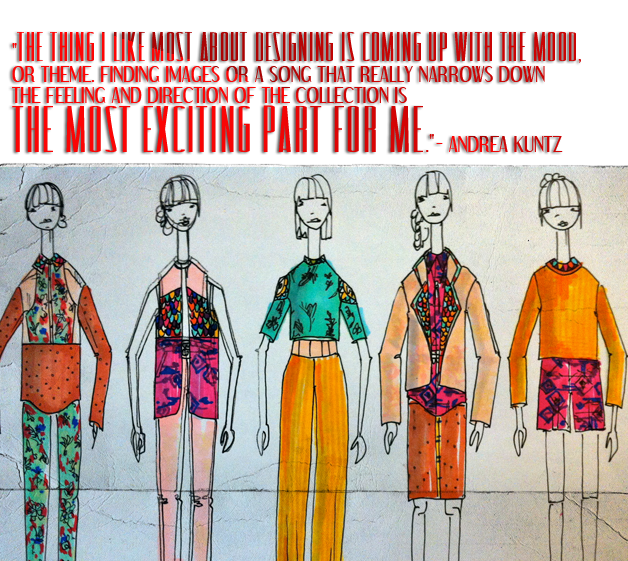
Designers are split when it comes to the question of whether fashion is a form of art? What is your opinion?
A: Yeah it can be but I think fashions more of a medium for expressing yourself.
C: Yes. I think anything where you express yourself through creation and talent is considered an art form.
There are many paths you could take as a designer aside from starting your own design house; what direction do you currently intend to take?
A: I like the idea of being a part of something way bigger than just my ideas. Ultimately, I’m interested in working in film, or textile design.
C: Eventually I’d like my own label, but I think I would enjoy styling too.
<< Page 3




